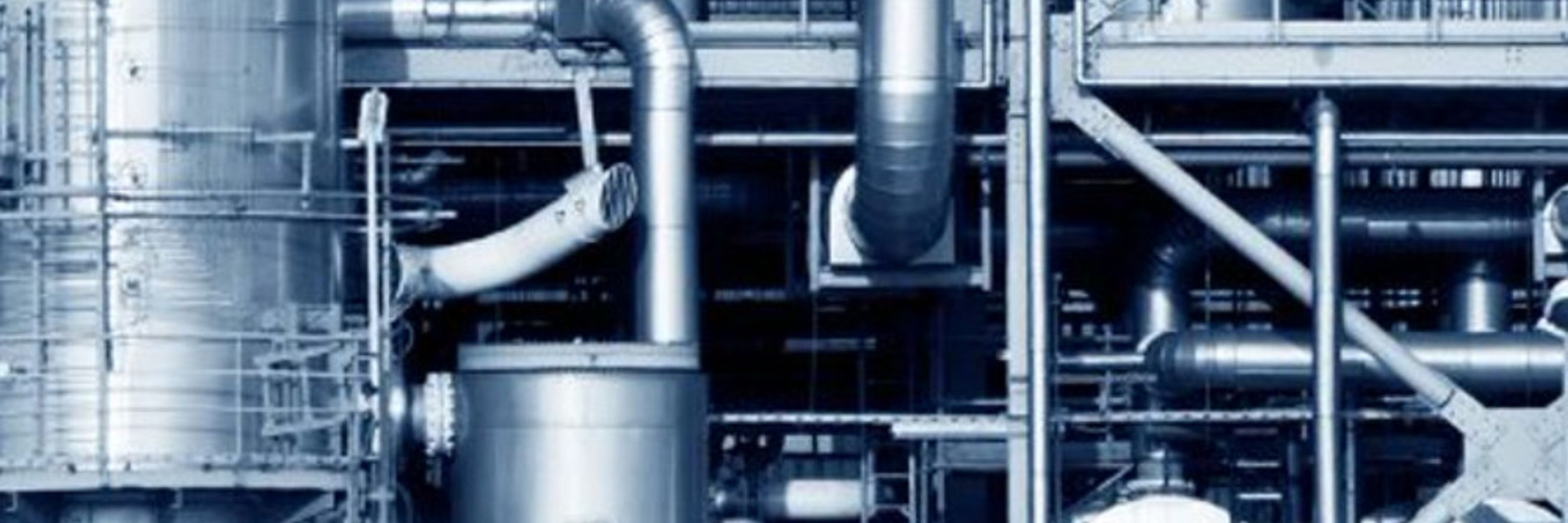
@matthiasdeutsch.bsky.social @marcowuensch.bsky.social @aurel.indoorco2map.com @mkreutzfeldt.bsky.social @abhash.bsky.social
@matthiasdeutsch.bsky.social @marcowuensch.bsky.social @aurel.indoorco2map.com @mkreutzfeldt.bsky.social @abhash.bsky.social


www.agora-energiewende.de/publikatione...

www.agora-energiewende.de/publikatione...
www.agora-industry.org/publications...

www.agora-industry.org/publications...


